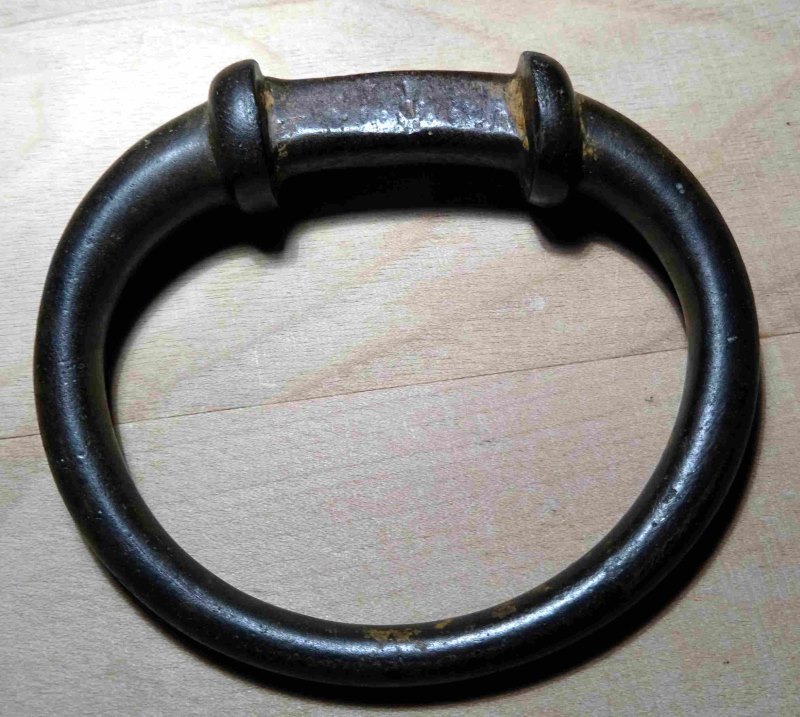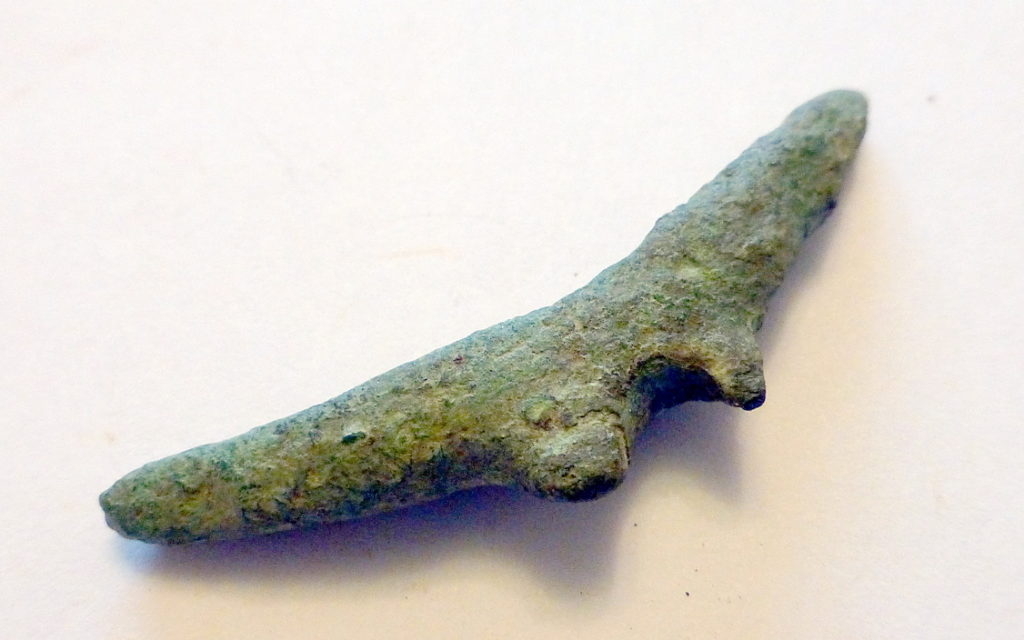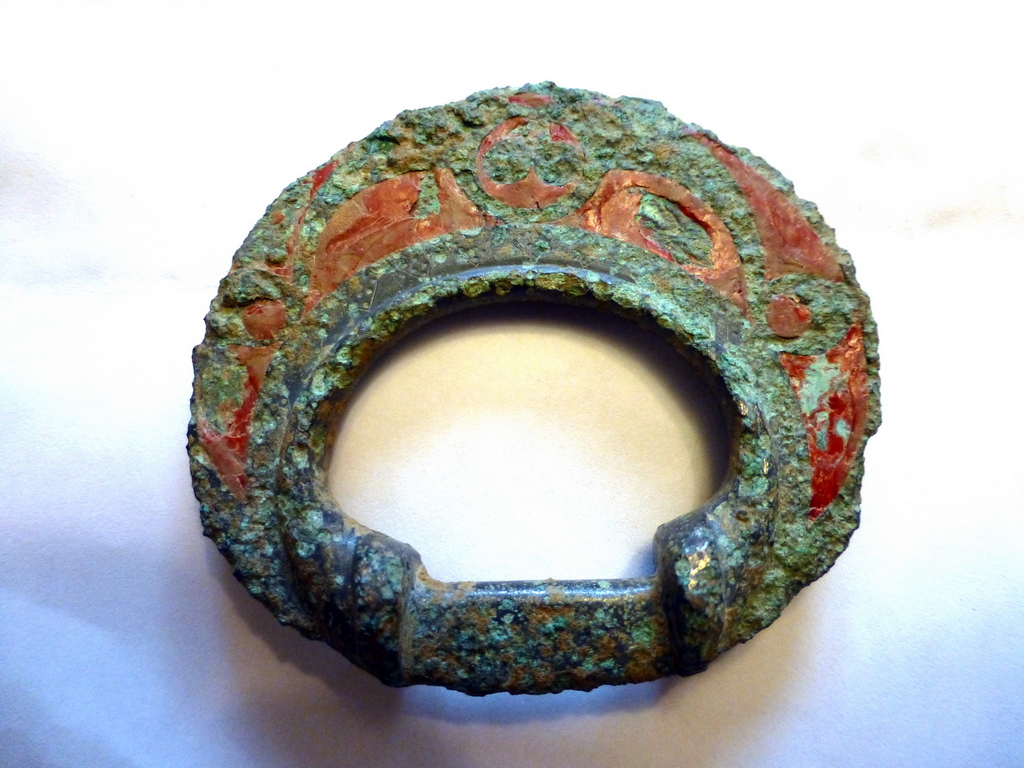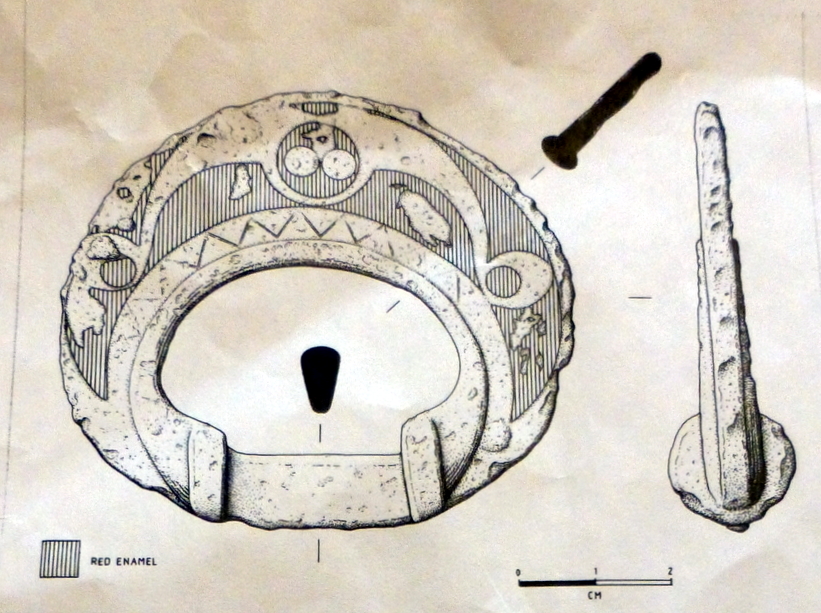Iron Age Martham – around 800 BC to AD43
The term Iron Age is used to describe the period in prehistory when people were using weapons and tools made out of iron. Iron had many advantages over bronze and the technology of iron working spread rapidly throughout the period. The processes of the production of iron leave little trace and few iron smelting furnaces have been found.

Other signs of iron working, such as slag (waste) can be found more widely but were often moved from where the process actually took place. Bronze continued to be used during the period, especially for ceremonial or decorative objects but iron became the predominant material. The raw materials for making iron – iron ore and charcoal could be found widely across Britain and were available in Norfolk from gravel and greensand deposits in the west of the county.
Little is known about settlements in the Iron Age. Excavations have revealed small farmsteads, similar to those from the Bronze Age, and these are often indicated only by ditches, pits and postholes. The people of Iron Age Britain probably lived in family groups and would have been part of wider local groups, similar to modern villages or parishes. These local groups may have been part of a larger network of people with similar cultures, religions and beliefs called tribes. When the Romans invaded Britain they recorded the names of some of these tribes. The Iceni tribe lived in Norfolk.
Iron Age finds are rare but a few have turned up in the Martham area including the wonderful terret harness mount shown at the top of this page which is in the shape of a bull or cow’s head found on the east side of the village by Jane Chaplin.

This is an Iron Age woad grinder and was again found by Jean Chaplin in the parish. A blue dye is obtained from woad leaves which were ground down with the grinder and then used by the Celts to paint their bodies, to frighten their enemies.
This wonderful hardness terret of the same period was also found by Jean Chaplin in Martham and the archaeologists have provided a drawing which highlights the original patterns on it.

